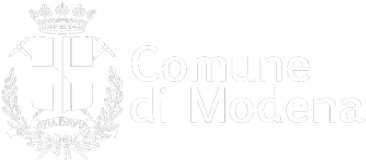Sestola's Castle
Robust sixteenth-century walls surround this fortress, rebuilt in 1570 by Alfonso II d'Este, and embrace the village which includes the soldiers’ quarters, the prisons, the commandant’s palace and the Oratory of San Nicola. The eye is drawn to a cut-off tower on top of which the Torre dell'Orologio has been built. The fortress is home to the Museum of Mechanical Musical Instruments and the Museum of Mountain Civilisation, as well as fascinating frescoes dating back to the 1400s belonging to the church of Roncoscaglia.
Sestola is an important tourist and sports resort to practice cross-country and downhill skiing, with its slopes that belong to the district of the Cimone, the highest mountain in the northern Apennines. At the peak, which overlooks the capital of the ancient province of Frignano, surrounded by beech and pine woods, awaits the Castle.
From Sestola, continuing in the direction of the Passo del Lupo, we find halfway, directions for Lago della Ninfa, a splendid place for strolling, and for the “Esperia” Alpine botanical gardens, a botanical oasis of national importance, situated on the slopes of Monte Cimone and bordering the Regional Park of the High Modenese Apennines.





